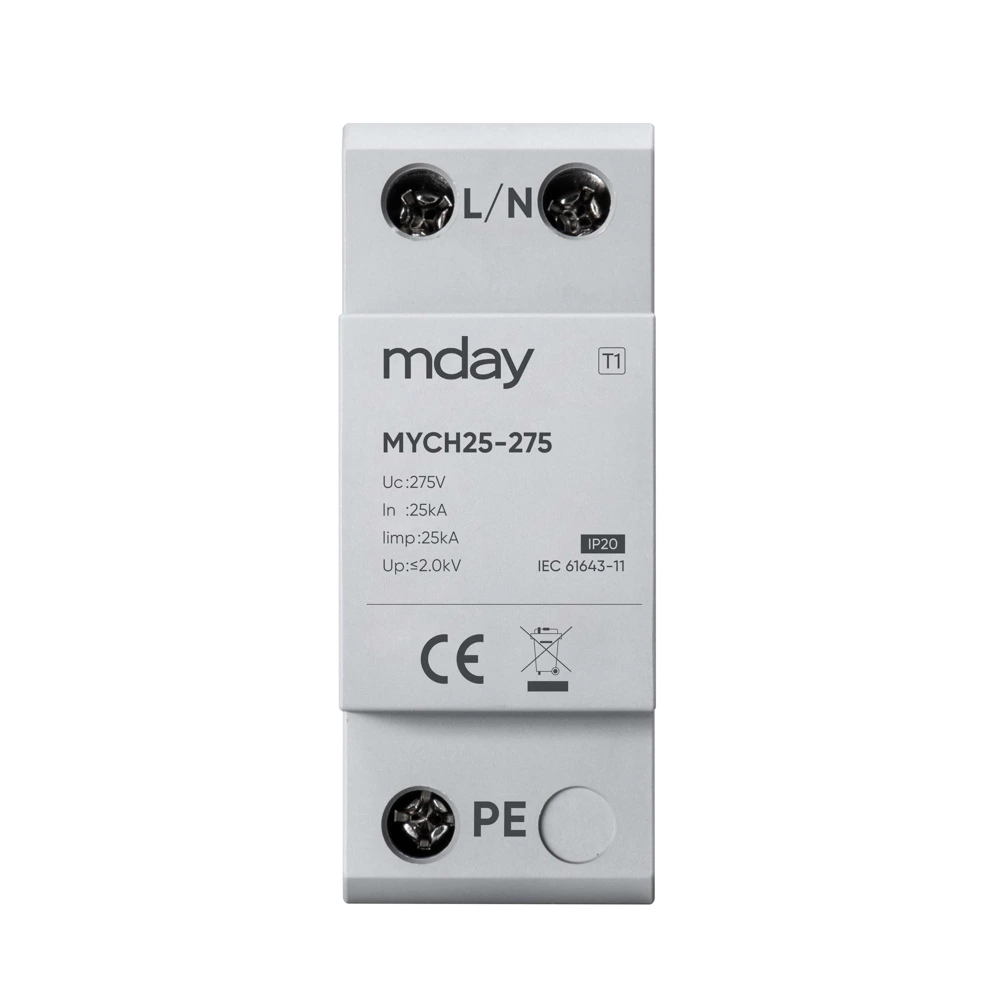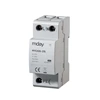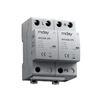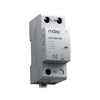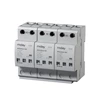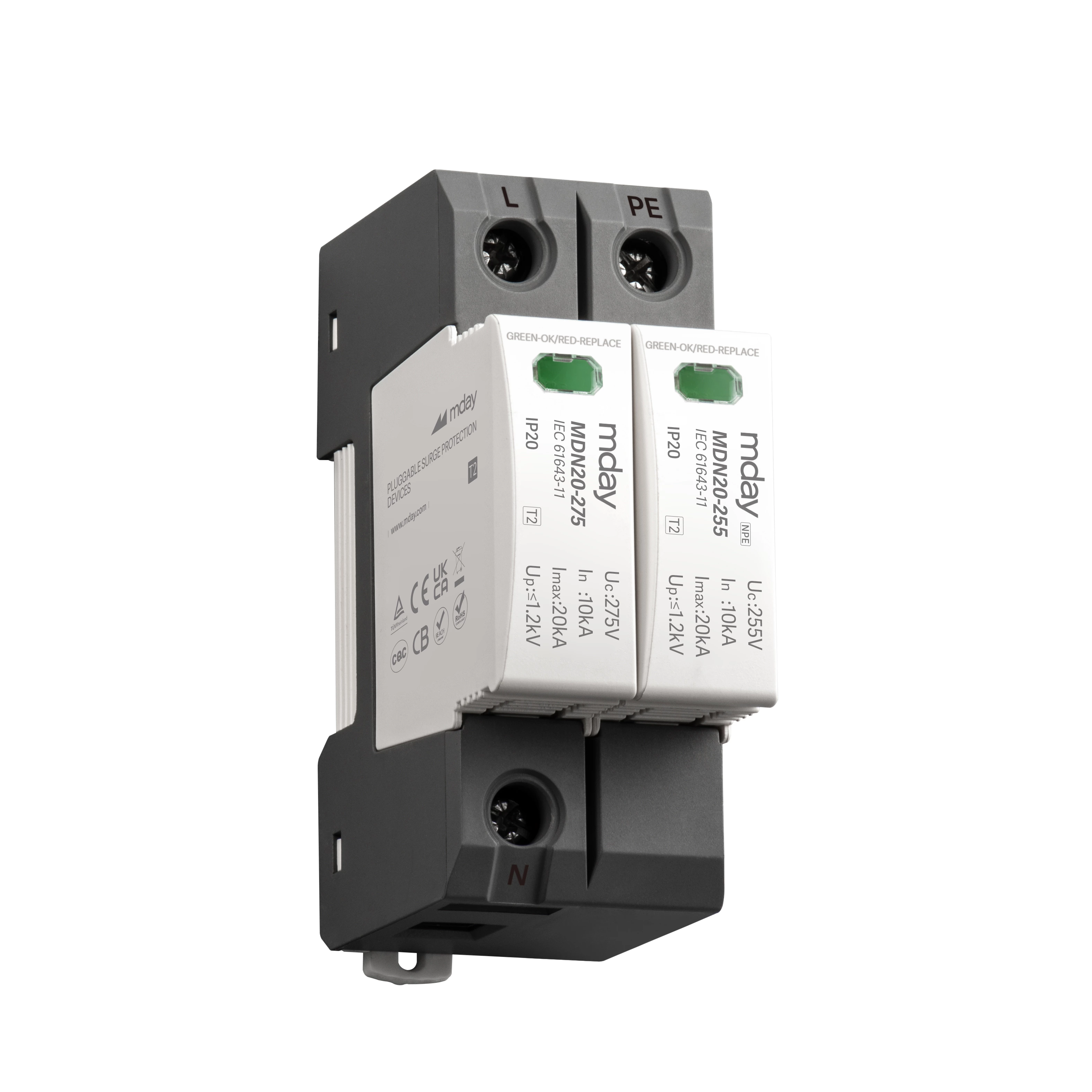Surge Protector Classification - You Will Miss Out If You Don't Read It
With the increasingly stringent requirements for lightning protection of related building electrical equipment, installing surge protectors to suppress surges and transient overvoltages on the lines has become one of the important links in modern lightning protection technology. However, there are still customers who don’t know much about surge protectors. Today we will get closer to surge protectors and learn about them!
1. Introduction to surge protective device
Surge protectors, also called lightning arresters, are electronic devices that provide safety protection for various electronic equipment, instruments, and communication lines. It is also an indispensable device in the lightning protection of electronic equipment. It was often called "lightning arrester or "overvoltage protector" in the past. The English abbreviation is SPD. The function of the surge protector is to limit transient overvoltage and discharge surge current to protect the safety of circuits and equipment during lightning strikes and overvoltage. It contains at least one linear element.
Surge protector is also called surge protector. It is a lightning electromagnetic pulse protection device used on electronic signal equipment in low-voltage distribution systems. Its connection is the same as that of a general lightning arrester. It is also connected in parallel with the protected equipment and connected to the power supply side of the protected equipment. It is suitable for AC 50/60HZ, rated voltage 220V/380V power supply system, to protect against indirect lightning and direct lightning effects or other transient overvoltage surges, and is suitable for family residences, tertiary industry and industrial fields. Surge protection requirements.
II. Classification of surge protectors
1. Surge protectors are divided into power line surge protectors and signal surge protectors according to their application properties. There are two types of line surge protectors.
The principle and structure of these two types are basically the same, except that the structure of the signal surge protector is simpler, the working voltage is lower, and the discharge current is much smaller. When it has high requirements for transmission speed and extremely short response time, surge protectors can be divided into switch type, voltage limiting type and composite type surge protectors according to their working principles.
(1) The voltage switch type surge protector has high impedance when there is no surge voltage, and changes from high impedance to low impedance when there is a surge voltage. Its commonly used components include discharge gaps or thyristors, gas discharge tubes, etc.
(2) The voltage limiting type surge protector has high impedance when there is no surge. When there is a surge voltage, as the surge current and voltage increase, the impedance continues to decrease to suppress the voltage applied to the protected device. Its commonly used component is a varistor.
(3) The composite surge protector is a combination of two types of components, the voltage limiting type and the switch type. Therefore, it has the performance of both types of surge protectors.
